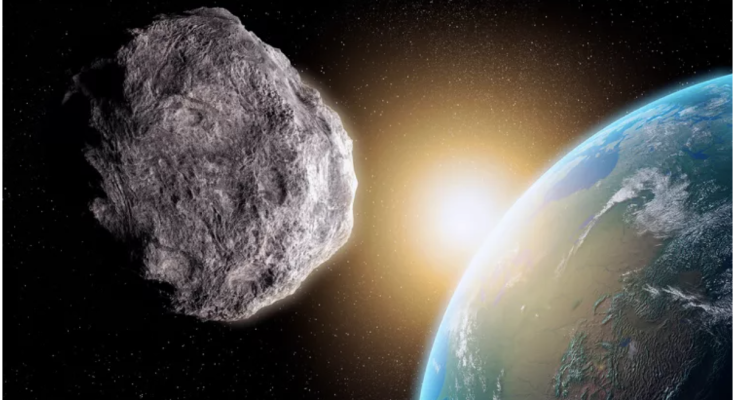Asteroid 2024 YR4 was initially discovered in December 2024
:max_bytes(150000):strip_icc():focal(784x527:786x529):format(webp)/Near-Earth-asteroid-021325-tout-3b9b2b640fa24816913084611fc145d6.jpg)
The possibility of a recently-discovered asteroid striking Earth has doubled within the past several weeks, according to NASA.
Asteroid 2024 YR4, which is estimated to be about 130 to 300 feet wide, was initially reported on Dec. 27, 2024. At the time, NASA astronomers calculated that the asteroid had a 1% chance of colliding with the Earth in December 2032. However, in a Feb. 7 blog post, NASA revealed that the chance of collision has since been updated to 2.3%.
And while 2.3% might sound insignificant, Davide Farnocchia, a navigation engineer with NASA’s Jet Propulsion Laboratory, told ABC News that a percentage that high is “uncommon.”
Farnocchia also told the outlet that asteroid 2024 YR4 currently ranks at a three out of 10 on the Torino scale, which is the scale by which NASA categorizes the potential hazard of objects near Earth. He adds that the majority of objects in space rank at zero.
:max_bytes(150000):strip_icc():focal(1251x988:1253x990):format(webp)/Asteroid-impact-Illustration-021325-43106e9a2e9f46f9b3abc36f52a8b802.jpg)
Additionally, scientists will lose sight of the asteroid in April 2028 due to its unique orbit pattern, meaning that researchers are attempting to discover as much about the object as possible before it disappears from view, per ABC.
NASA and other international space agencies will be using the James Webb Space Telescope — the most powerful telescope ever launched into space — to get an even more accurate assessment of the asteroid’s size in order to better understand “how significant an impact could be,” per the European Space Agency (ESA).
According to the ESA, an object the current estimated size of asteroid 2024 YR4 collides with Earth approximately every few thousand years and causes significant localized damage — as opposed to widespread planetary devastation.
A similarly-sized asteroid entered Earth’s atmosphere in 2013 above the city of Chelyabinsk, Russia. While the asteroid ultimately exploded mid-air about 18 miles above the Earth, the explosion released the same amount of energy as 500 kilotons of TNT, according to The Planetary Society. The blast injured “1,500 people and damaged 7,200 buildings across six cities,” per the org.
However, NASA notes there is no real cause for alarm — at least yet — as there have been a number of near-earth objects in the past that have risen on the “risk list” but eventually dropped to zero as more data became available, per their recent blog post.



